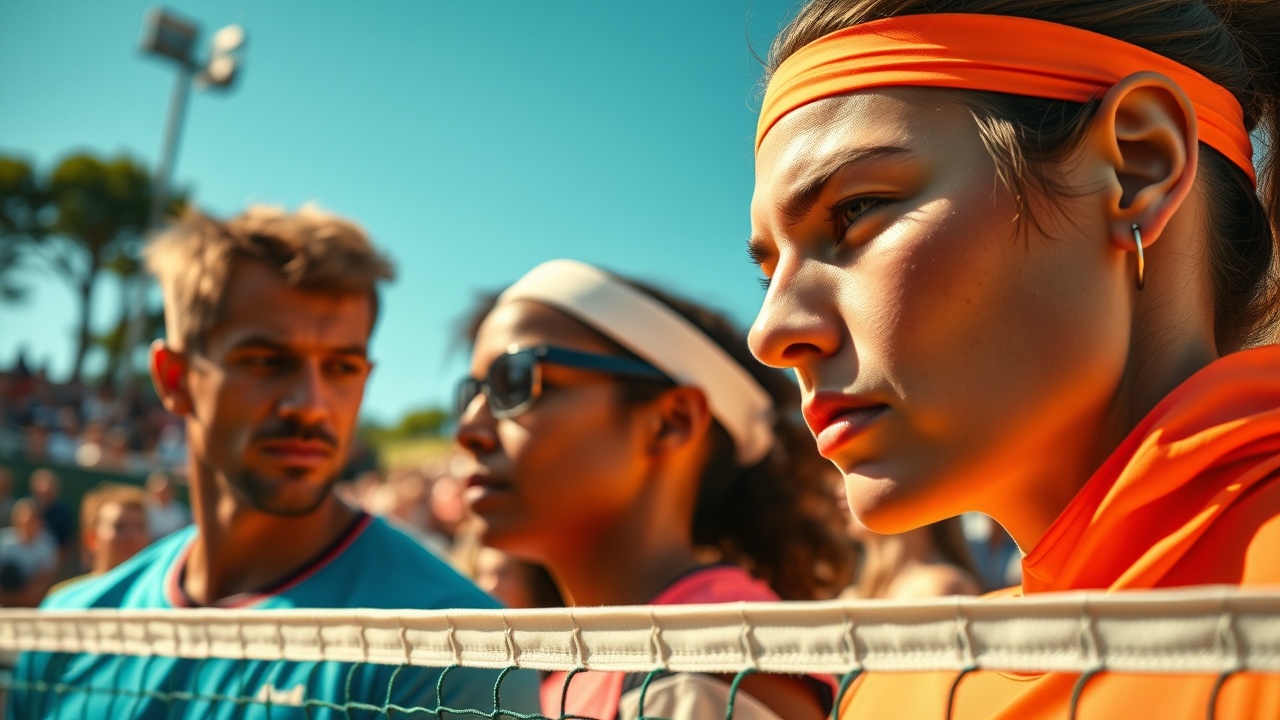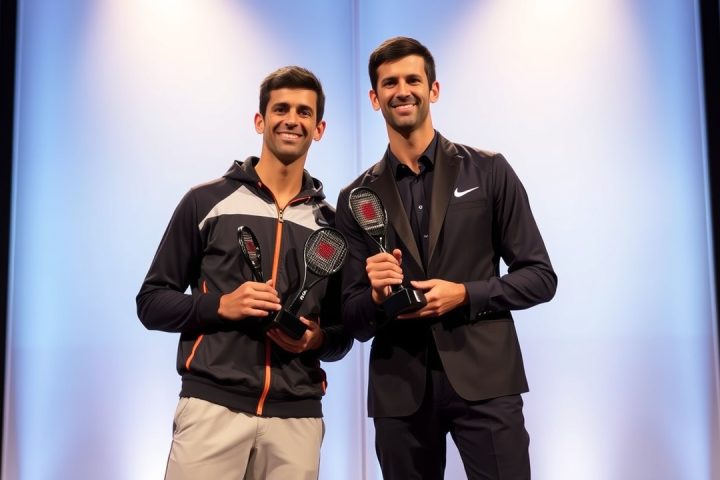Tennis and Nasal Strips: A New Trend
In recent months, the tennis world has witnessed a noticeable trend sparked by the young Spanish sensation Carlos Alcaraz. The four-time Grand Slam winner, who is currently competing in the French Open aiming for his second consecutive title, has made waves with his use of nasal strips during matches. While Alcaraz opted not to wear them in his initial rounds at Roland-Garros, other competitors are now taking interest in this accessory that was previously more associated with athletes such as football legend Jerry Rice and soccer icons Cristiano Ronaldo and Neymar.
Curiosity Among Competitors
Eighteen-year-old Mirra Andreeva, one of the higher-ranked competitors in the women’s draw, expressed curiosity about the potential benefits of the strips, stating:
“I saw Carlos playing in it… I’d be pretty interested to try and see if there is really a difference. If he plays matches in it, then probably there is.”
Alcaraz, who indicated last November that he would be using these strips more frequently to improve his recovery between points, has inadvertently sparked a trend in the sport. Originally designed to assist with snoring, these strips work by slightly widening the nostrils, which theoretically aids in airflow and oxygen intake during exertion. However, the scientific backing for their effectiveness is somewhat shaky. A study completed in 2021 by Brazilian researcher Ricardo Dinardi concluded that the performance improvements attributed to these strips are primarily due to placebo effects rather than measurable physiological changes.
Personal Experiences with Nasal Strips
Despite this dubious science, some players continue to use them, citing personal benefits. Casper Ruud, a major finalist in recent years, revealed he has tried other nasal-conforming devices while acknowledging the limited scientific evidence behind the strips. He shared:
“I have a prototype that’s more comfortable to wear, because it goes inside the nose.”
Conversely, for Nicolás Jarry from Chile, these strips are essential post-nasal surgery in 2020. He noted that without them, he struggles to breathe effectively, underscoring a stark contrast in experiences among players. His own usage has dramatically increased in visibility since Alcaraz began sporting them, stating:
“Before him? Nothing. Now many are trying it.”
American player Jessica Pegula, a 2024 US Open runner-up, is among those tempted to try these strips, especially given her ongoing issues with a deviated septum. However, she admits that the look of the strips might hinder her willingness to wear one in matches, joking:
“I don’t know if I have the confidence to rock one.”
Conclusion
As this trend develops, one thing remains clear: Alcaraz’s influence is prompting fellow athletes to explore various methods of improving performance on the court, illustrating the blend of curiosity and necessity that characterizes elite athletic competition today.




